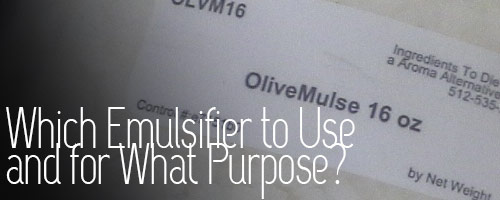
After an email question about the emulsifier called Olivem 1000 (Cetearyl Olivate (and) Sorbitan Olivate), I wanted to make sure you guys are keeping in mind that there are different emulsifiers for different purposes.
There are two general types of emulsifiers you are familiar with: oil-in water emulsifiers and water-in-oil emulsifiers. Sometimes depending on the DIY recipe you come up with, you may have to use a completely different type of emulsifier than the one you’re used to using.
Unlike what I’ve read a thousand times online, emulsions are not solely determined by the percentage of oils to waters alone. Rather, it is the emulsifier you use which determines whether your mix is an oil-in-water emulsion or a water-in-oil emulsion.
Join us!
Join the community to get access to all of the formulas and recipes now!
Let me give you a little background on Olivem 1000 first. From what I’ve read it is an “oil-in-water” emulsifier. Oil-in-water emulsifiers are used when your water percentage is significantly higher than your oil percentage: water > oil.
Oil-in-water emulsifiers means they are great at emulsifying systems where the oil is the dispersed liquid (internal phase) and the water is the dispersion medium (external phase).
Oil-in-water emulsions are created when the water phase is MORE than 45% and a LIPOPHILIC (oil-loving) emulsifier is used.
Water-in-oil emulsions are created when the water phase is LESS than 45% and a HYDROPHILIC (water-loving) emulsifier is used. For example, Olivem 900 is a water-in-oil emulsifier.
It’s an emulsifier derived from Olive oil and used to make great feeling creams. It’s also very tolerant of electrolytes and acidic ingredients (like aloe vera and citric acid).
If you want to make a great cream, you can use Olivem 1000 as the only emulsifier in your mix because it’s a standalone emulsifier. This just means you can use it by itself given the right conditions.
Although Olivem 1000 is a standalone emulsifier for creams, you wouldn’t use it by itself to make thin lotion-like fluids or hair milks. If you want a lotion-like consistency using Olivem 1000, you’d use it at a low percentage (like 3%) WITH THE ADDITION OF another ingredient like Xanthan Gum to keep the mix stable.
But getting back to the topic at hand, if you wanted to make a DIY mix that is 50% or more of oils and butters, you could try Olivem 1000 and note your experience. I’ve made a mix with about 47% oils and it emulsified the mix well. Olivem 1000 is a very tolerant emulsifier (certainly more tolerant than Ecomulse), but it has it’s limits as well. Notice the chart recommends a certain amount of the emulsifier be used if your oil percentage is a certain amount.
During my research, I came across information from AromaZone (site is in French) which suggests the highest percentage of oil recommend for use with Olivem 1000 is 30%. That means if 30% of your DIY mix is oils/butters, you’d have to use 8% Olivem 1000 in order to form a stable emulsion. If your DIY mix is more than 30% oils/butters, I didn’t see a recommendation on their chart.
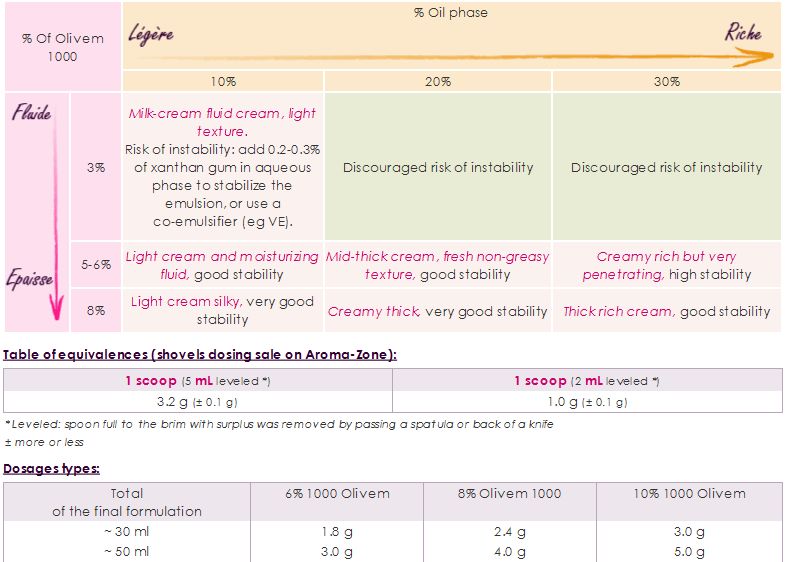
Once your mix starts to contain 50%+ oils, you will do better switching to another type of emulsifier known as a “water-in-oil” emulsifier.
By the way, when I say “water-based ingredients” I’m also talking about aloe vera juice, aloe vera gel, rosewater, coconut water, and any other ingredient that is water soluble. For example, Naturesilk is water soluble, so it counts as a water-based ingredient.
The website makingcosmetics.com has the emulsifiers broken down by usage. Under their ‘Water-in-Oils’ emulsifiers, they have the following listed:
Glyceryl Stearate SE
Lecithin
Polyglyceryl Oleate
Sorbitan Stearate
Glycol Stearate IP
Glyceryl Oleate
Sorbitan Oleate
Laureth-3
PEG-8 Beeswax (not regular beeswax)
These are just the ones they offer for sale, but it gives you something to go by.
In addition, these may not be standalone emulsifiers. That means you may have to use these water-in-oil emulsifiers along with another ingredient meant to stabilize your mix.
Let’s check one of them: Sorbitan Stearate. Sorbitan Stearate is sorbitol and stearic acid. It has an HLB number of 4.7 . By contrast, BTMS-25 — a standalone oil-in-water emulsifier — has an HLB number of approx 15.
Sorbitan Stearate emulsifier is an all purpose emulsifier, but makingcosmetics.com recommends that your mix can be “further stabilized” by adding another emulsifier to it. So it looks like you may not be able to use Sorbitan Stearate the way you’d use BTMS.
Let’s check another one of the water-in-oil emulsifiers: Glyceryl Oleate. Glyceryl Oleate has an HLB value of 3.5. It, too, has a low HLB number. It’s listed as a “co-emulsifier and thickener”. This usually means you have to use it along with another emulsifying agent to make sure your DIY mix is stable.
So just because you know the type of emulsifier needed, it still doesn’t mean you can use them the exact same way you’re used to using other emulsifiers. For example, you can’t use Sorbitan Stearate the same way you’d use Olivem 1000 just because your oil percentage is above 50%.
Also, the type of emulsifier you choose should also depend on the type of mix you want to create (cream vs lotion vs milk), and whether you’ve used acidic ingredients, carbomer or gums like Xanthan or Guar.
I tend not to make DIY “creams” where the oil percentage is very high. If I felt like making something with 50% oils or more, I simply turn it into a regular butter or a whipped butter so I don’t have to worry about any water or aloe vera separating out from the mix over time.
If you need to make a mix where the oil/butter portion is more than 50% of your mix, you may want to consider turning it into a whipped butter instead.
My best advice would be to think about whether you really need it to be an emulsion or can you be satisfied with making it into a butter or whipped butter instead.
And on that note, if you want to make a butter/oil based butter recipe, try something like this:
| 50% | Oils |
| 20% | Cocoa butter |
| 13% | Alkyl Esters or Caprylic Capric Triglycerides |
| 4% | Something with an extra ‘Umph’ (Neem oil, Black seed oil, Tamanu oil, etc) |
| 3% | Cera bellina, OliveWax, Candelilla wax or Beeswax |
| 9% | Oil-based extracts (make sure it’s oil-based and not water-based) |
| 1% | Optiphen (or an oil-based, broad-spectrum preservative just in case someone will be sticking their wet hands into the jar) |
OR you can test out the MangKo DIY recipe I posted under the ‘You Try It’ section and see how it turns out.
Bottom line: Keep testing until you get a good recipe. I know you can do it! But definitely don’t use Olivem 1000 if you have a high percentage of oils in your mix.
I hope this is not too confusing. LOL! It just goes to show you how much you may have to experiment depending on the ingredients you’ve chosen to use in that specific DIY mix.
Related
makingcosmetics.com: Water-In-Oil-Emulsifiers
makingcosmetics.com: CreamMaker CAT
makingcosmetics.com: Sorbitan Stearate
makingcosmetics.com: Glyceryl Oleate
ingredientstodiefor.com: NatureSilk
 CURLYTEA
CURLYTEA

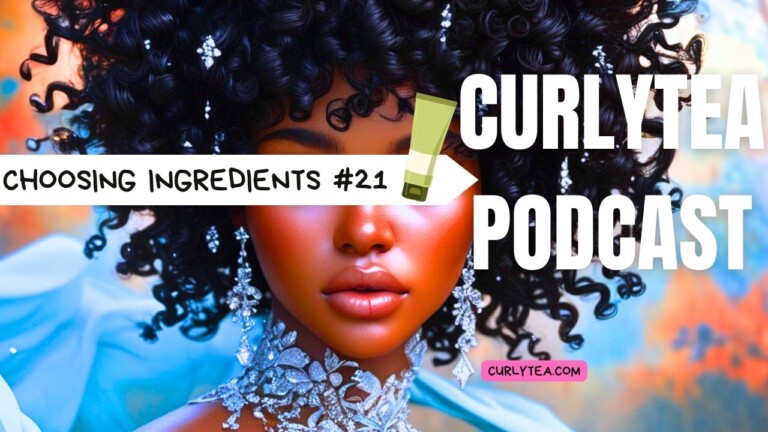
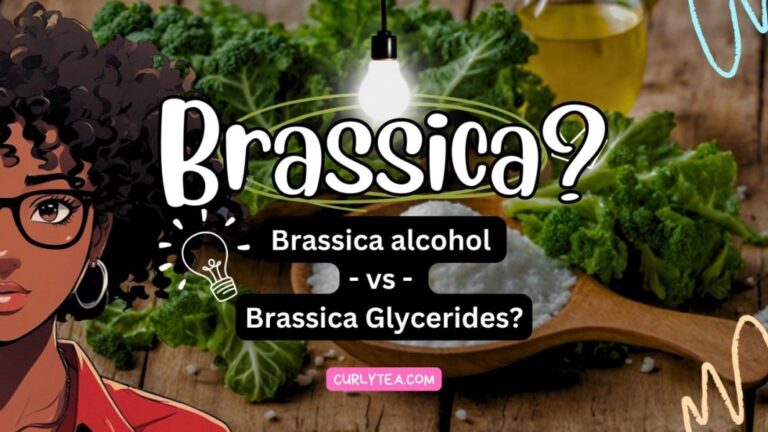
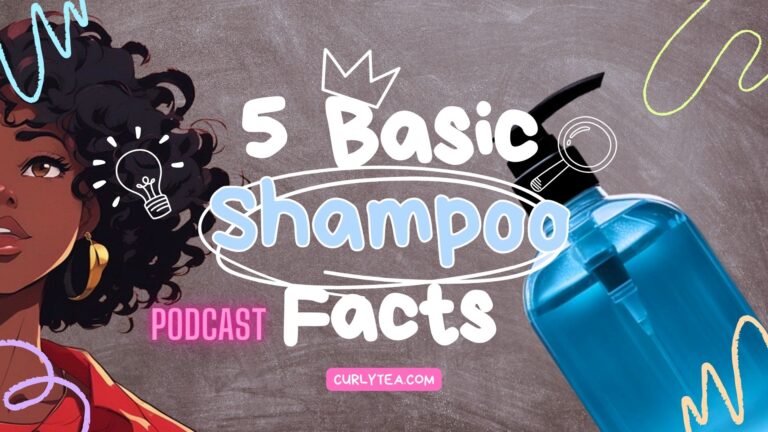
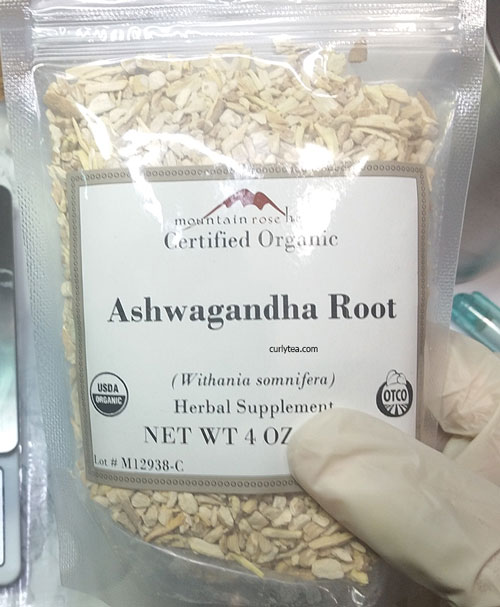
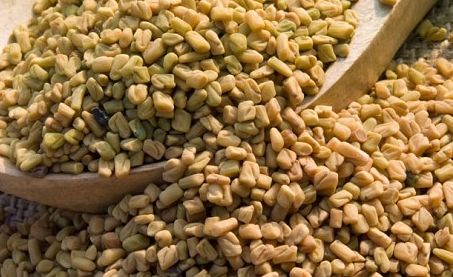
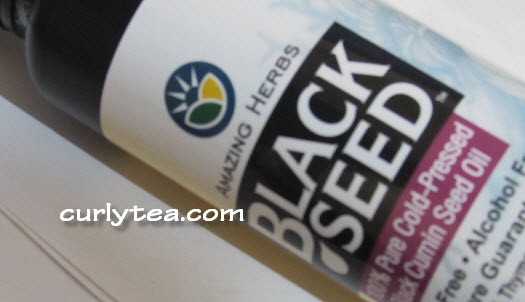
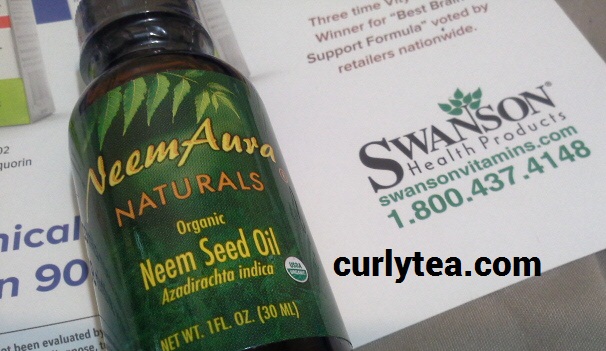
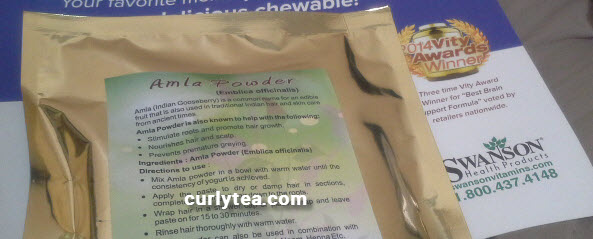
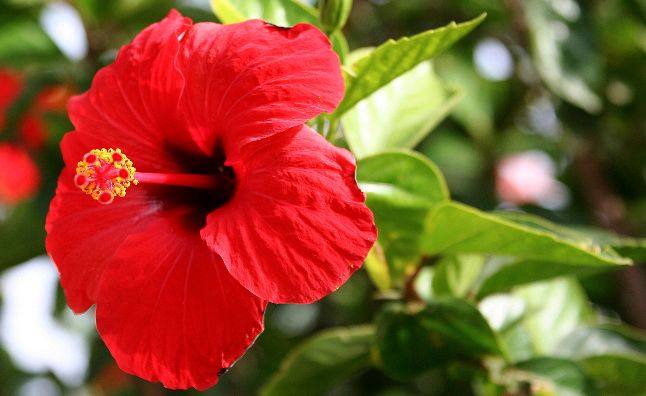
Extremely helpful. Thank you!
Love this. So helpful for such a frustrating and confusing hobby!